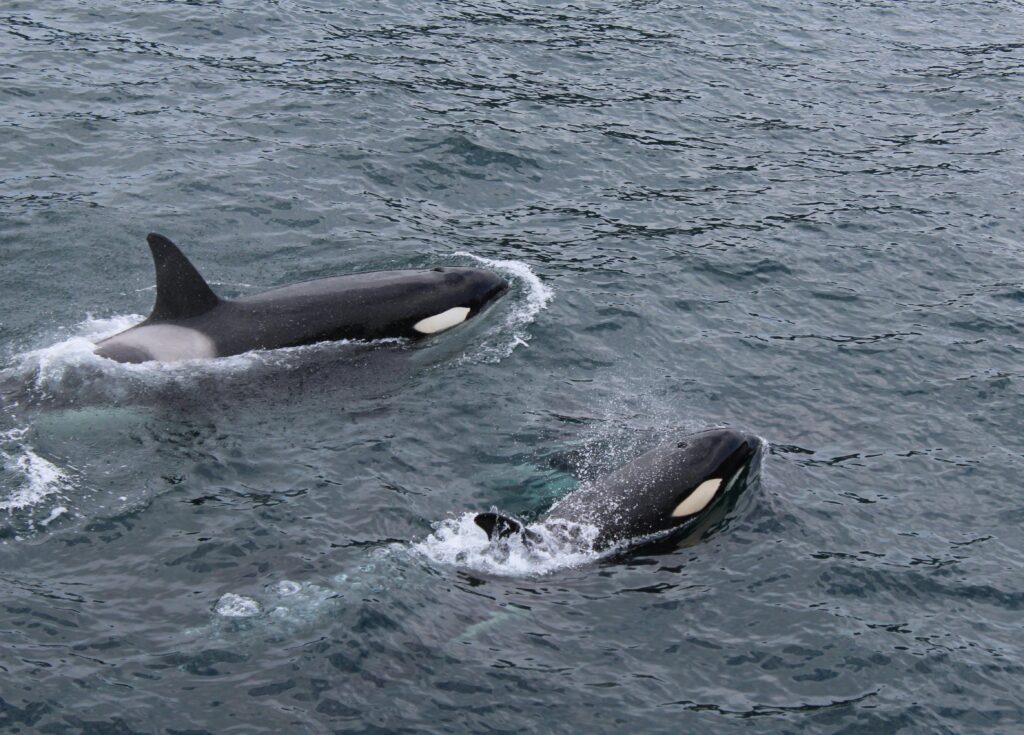
The Indian Ocean humpback dolphin (Sousa plumbea)—a graceful and intelligent marine mammal native to the shallow coastal waters of the Indian subcontinent—continues to face a perilous decline despite being legally protected in several countries, including India. These elusive creatures, known for their unique hump-backed appearance and social behavior, are increasingly becoming victims of a combination of habitat degradation, fishing activities, and insufficient enforcement of environmental regulations.
A Species in Trouble
Humpback dolphins are listed as “Endangered” on the International Union for Conservation of Nature (IUCN) Red List. They inhabit shallow, nearshore environments such as estuaries, lagoons, and mangrove channels—habitats that are often heavily impacted by human activity. Despite their protected status under India’s Wildlife (Protection) Act, 1972 (Schedule I), which places them in the same category as tigers and elephants, their numbers continue to dwindle.
India’s western and eastern coastlines—particularly the states of Maharashtra, Goa, Odisha, and Andhra Pradesh—have long been home to these dolphins. However, a growing body of evidence suggests that their population is under severe stress, primarily due to anthropogenic pressures.
The Threat of Bycatch and Fishing Nets
One of the most pressing threats to humpback dolphins is accidental entanglement in fishing gear—commonly known as bycatch. Artisanal and mechanized fishing operations, especially those using gillnets, often unintentionally trap dolphins. Since these mammals need to surface for air, being caught in a net often results in drowning within minutes.
Although India has guidelines suggesting the use of dolphin-safe fishing practices and gear modifications, compliance remains voluntary and poorly monitored. The lack of awareness among local fishers about the ecological importance of dolphins exacerbates the problem. Moreover, in some coastal communities, a few unfortunate instances have been reported where dolphins have been deliberately targeted for their meat or body parts, albeit illegally.
Habitat Loss: A Growing Crisis
Coastal development is another significant driver behind the decline of humpback dolphins. Rapid urbanization, port construction, sand mining, and industrial activity along coastlines have severely altered dolphin habitats. Mangroves and estuaries, which provide rich feeding and breeding grounds, are being cleared or polluted, leaving dolphins with fewer safe zones to thrive.
Noise pollution from shipping lanes, dredging, and recreational boating adds another layer of stress to these sound-sensitive creatures. Dolphins rely on echolocation to navigate and hunt, and chronic underwater noise can disorient them, interfere with their communication, and even lead to mass strandings in extreme cases.
Pollution and Plastic Perils
Coastal waters are increasingly becoming dumping grounds for untreated sewage, industrial effluents, and plastic waste. Humpback dolphins, being apex predators in their marine ecosystems, are vulnerable to the bioaccumulation of toxins such as heavy metals, pesticides, and hydrocarbons.
Plastic pollution presents both direct and indirect threats. Ingested plastic can block digestive tracts or lead to poisoning, while microplastics enter the food chain through smaller marine organisms. Additionally, floating plastic debris and ghost fishing nets are persistent entanglement hazards.
Conservation Efforts: Gaps and Hopes
Despite being legally protected and recognized as species of concern under several international frameworks, including the Convention on Migratory Species (CMS), there is a noticeable gap between policy and practice.
Government-led programs such as Project Dolphin, launched in 2020 to protect both riverine and marine dolphins in India, have laid a strong foundation, but implementation remains fragmented. Unlike the better-known Ganges River dolphin, which has garnered considerable attention and resources, the humpback dolphin remains relatively underrepresented in marine conservation dialogues.
NGOs and academic institutions have been instrumental in filling this gap. Organizations such as the Wildlife Trust of India, WWF-India, and regional research groups have conducted population monitoring, community awareness drives, and workshops with fishers to promote dolphin-safe practices. However, these efforts are localized and underfunded.
The Need for Integrated Action
Experts argue that for any meaningful change to occur, dolphin conservation must be integrated into broader coastal zone management plans. This includes:
- Mandatory use of dolphin-friendly fishing gear with strict monitoring and penalties for non-compliance.
- Designating and enforcing marine protected areas (MPAs) where humpback dolphins are known to frequent, ensuring safe breeding and feeding grounds.
- Investing in research to gather accurate data on dolphin population trends, health, and habitat use.
- Community-based conservation models, where local fishers and stakeholders are active partners, not passive recipients of top-down policies.
- Tackling marine pollution through stricter controls on coastal industries and better solid waste management.
A Symbol of Coastal Health
Humpback dolphins are more than just charismatic marine mammals; they are indicators of ocean health. Their presence reflects the quality of coastal ecosystems—ecosystems that also sustain millions of people through fisheries, tourism, and cultural heritage.
Protecting humpback dolphins is not merely an act of environmental stewardship—it is a necessity for preserving the delicate balance of marine biodiversity and ensuring the resilience of our coastal economies against the backdrop of climate change.
Final Thoughts
The ongoing struggle of the Indian Ocean humpback dolphin serves as a stark reminder that legal protections, while essential, are not enough. Without on-ground enforcement, community involvement, and political will, the gap between legislation and reality will continue to grow.
Time is running out for these gentle denizens of the sea. If immediate, collective action is not taken, we may soon witness their silent disappearance from our shores—an irreplaceable loss for both nature and humanity.